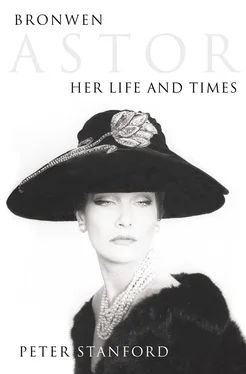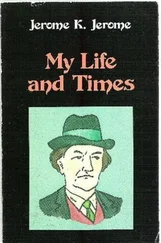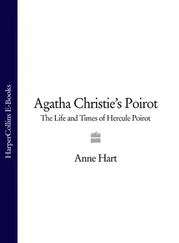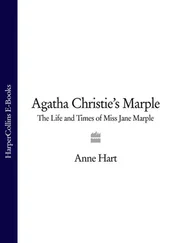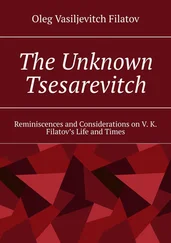1 ...7 8 9 11 12 13 ...25 When he was a student, Alun Pugh had made a jelly in a teapot, thinking it would make an interesting shape, but then he couldn’t get it out. It is a useful symbol for most of his schemes. When he imported hives of bees into the garden, he eventually had to abort the project because his wife grew allergic to their sting, though he did manage to make some mead and plenty of honey.
Like Kathleen, Alun Pugh didn’t go in much for hugging and kissing, but as a substitute he took a keen, almost zealous, interest in his children’s progress, forever pushing them to do better and be the best. When Bronwen was twelve she was taken to see Roy Henderson, then a celebrated voice coach. He said she had a pleasant voice and good pitch, and suggested lessons, but when he made it clear she would never sing solo in the great concert halls of the world, Alun Pugh decided against. ‘You do something to get to the top or you don’t bother at all,’ is how his youngest daughter sums up the prevailing attitude.
Singing had been something Alun Pugh associated with his mother, who reputedly had a beautiful voice and played the harp, with her son accompanying her on the piano. Bronwen was also told that physically she resembled her paternal grandmother and this may have contributed to a special closeness between father and daughter that compensated for the alienation between mother and daughter.
With Ann and David away at school, Bronwen and Gwyneth developed an enduring bond. The two would get up to all sorts of mischief and it was Gwyneth who was Bronwen’s chief source of fun in the house. ‘She was always inventing things,’ Bronwen remembers. ‘Once when she was ill in bed, she spent hours building this elaborate system of pulleys and string so that we could send each other messages from bedroom to bedroom. Or she would devise complicated games where she would be the captain and I would be the boatswain. I was always saying, “Ay, ay, captain,” to her. She was in charge.’
The five-year age-gap with Gwyneth meant that the youngest Pugh sibling often had to while away many hours on her own or with her nanny. There were friends in the neighbourhood and cycle rides around the carefree streets of Hampstead, but going to school just before her fifth birthday came as something of a blessing. St Christopher’s was a Church of England primary on the way down Rosslyn Hill from Hampstead into central London. Though the Pughs retained their links to the Welsh chapel, their ordinary practice of religion had become increasingly Anglican. (When he joined up with the Welsh Guards in 1915, Alun Pugh had claimed to have no religious affiliations at all.)
Bronwen’s reports suggest a model pupil, with hints at future interests. From her earliest days she did well at recitation, and was praised in April 1936 as ‘a useful leader of the class’. She joined a percussion band that same year and the only blot on the landscape was her problems with an unusual addition to the otherwise standard curriculum, Swedish drill, where she ‘sometimes lacks control’. At the end of summer term 1937, aged seven, she was put up two classes – into a group where the average age was fourteen months above hers-on account of her excellent progress. She made the transition effortlessly, save for occasional blips in arithmetic – ‘must try to be more accurate’ – and painting – ‘is inclined to use too pale colours’ (both spring term 1939). By the time of her final report from St Christopher’s, her card was Uttered with ‘very goods’ and adjectives like ‘appreciative’, ‘careful’, ‘neat’ and ‘musical’.
She did not return to the local school that autumn. War had broken out in September and her parents decided to send her early to join her sister Gwyneth at boarding school in Wales. The two older Pugh girls had gone at the age of twelve, but in view of the anticipated threat to London by German bombers and Alun Pugh’s own ambitions to join the war effort, it seemed sensible to pack Bronwen off to the comparative safety of north-west Wales and close up the house in Hampstead. It appeared to Bronwen Astor at the time like an awfully big adventure, but later she came to see 1939 as a pivotal moment in her childhood, the end of an age of innocence and plenty and the start of a period when she was continually without the things and people she needed to sustain her.
At the age of seven Bronwen had been invited by a school friend to a birthday party in Bishops Avenue, a leafy street of very large houses in Hampstead, known today as ‘Millionaires’ Row’. ‘Until then I had thought that our house was big, but this was so much bigger than anything I had seen,’ she recalls. ‘It even had a swimming pool, all the things you were supposed to want. Immediately I felt very uncomfortable there. It seemed so cold and unwelcoming.’
She joined in with a game of hide and seek in the garden but ‘I was suddenly aware that I was standing totally alone. Everyone had disappeared and a voice spoke to me and said, “None of this matters. None of these things. Only love matters.”’ It was, as she now describes it, ‘a flash of understanding, that the beautiful house, the lovely garden were not as important as what I had experienced, love. There was a tension in this family that I had felt. It was not a happy home.’
She did not mention the experience to anyone. ‘I knew it was God because it was said with such authority. My father would say prayers at night and I think he probably had a mystical streak. We would go to church on Sundays, where my mother would enjoy singing the hymns, but it never occurred to me to mention it to either of them. I thought it was something that happened to everyone. I wasn’t frightened, but reassured. It highlighted love for me as the most important thing, as my lodestar.’
Sixty plus years on, without any independent confirmation, it is impossible to verify the details of this incident. However, its broader significance is all too clear. Though she didn’t know it at the time, this was the start of what Bronwen later came to map as her spiritual journey and the first glimpse, however fleeting, of a capacity within her to experience and react to feelings, tensions, fears or pain in a physical way.
The land of my fathers? My fathers can keep it.
Attributed to Dylan Thomas (1914–1953)
The old Dr Williams’ School building has the look of a neglected North Country nunnery, its wide gables sagging down over grey stone walls blackened with age, its windows positioned high off the ground to shut out the prying eyes of the world. Next to the road out of Dolgellau to Barmouth and the North, it is now part of a local sixth-form college, but a weather-beaten plaque over the main entrance recalls its history. ENDOWED OUT OF THE FUNDS OF THE TRUST FOUNDED IN I716 BY THE REVD DANIEL WILLIAMS DD, ERECTED BY PUBLIC SUBSCRIPTION IN 1878.Williams, a wealthy Welsh Presbyterian minister, had wanted to promote primary education in Wales, but once the state took over such provision in the early 1870s, his trustees had redirected their funds to secondary education and established Dr Williams’ School.
Today there may be new tenants and the Welsh Dolgellau has replaced the Anglicised Dolgelley (or Doll-jelly, as the boarders here in the 1930s and 1940s called their host town), but the bleak backdrop to Dr Williams’ has altered little over the centuries. The Wnion river flows into the Mawddach, which widens as it leaves its mountainous hinterland and sweeps out towards the Irish Sea and the sandy beaches of Barmouth and Fairbourne. On both sides of the estuary are rolling hills dotted with isolated farms. Towering above everything else is the vast, bleak, greyish-green lump of Cader Idris, its peak shaped like a horse’s saddle.
Читать дальше
